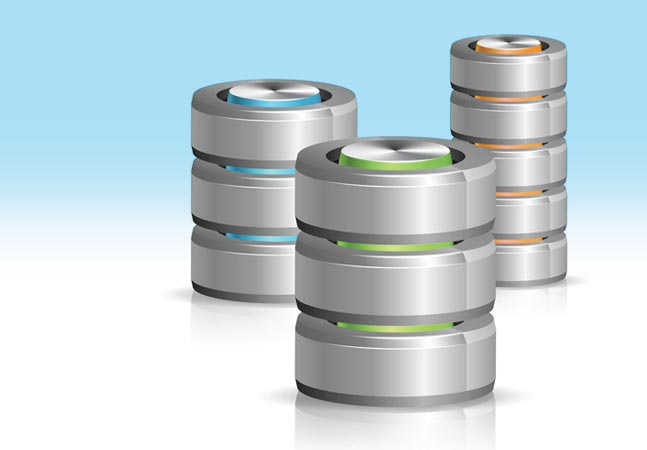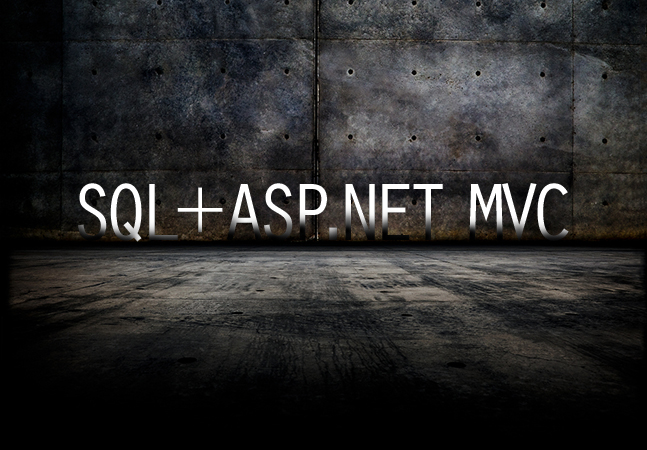
One way to slow down your application is to make multiple trips to the database. Here's a way to cut those trips in half (at least) and it has to do with the EntityFramework.Extended library.

By adding one open source library to your application (and adding two methods to your LINQ statements) you can cut the time spent on database updates and deletes in half.

If you're looking for a lean, mean, cross-platform, desktop code editor then Visual Studio Code might be just your cup of tea. However, if you're used to the level of functionality you get with Visual Studio, it's important to set your expectations appropriately.

Here's a tip about how to exploit Entity Framework's change tracking mechanism to -- possibly -- eliminate a trip to the database when you update an item. But, without some additional code, you probably can't use it.

There are so many ways to integrate an SSRS report into your page that the biggest problem you'll face is deciding which one to use. Peter runs through all the solutions he can think of, including those cases where you want to download the report as a file.

Here are three rules for defining ASP.NET MVC routes that you can actually understand.

You know how to run business-readable tests. Let's continue with a few more hooks.
- By Jason Roberts
- 07/14/2016

If you adopt the Interface Segregation principle, then you can eliminate (or, at least, control) one of the most annoying problems in creating very useful objects. But following that principle through to its conclusion also inverts the traditional hierarchy of the development team.

You can write some complicated code to ensure that you don't create any object until you absolutely need it. Or you can use the Lazy object...at least some of the time.

If you're looking for an easy way to save the user's current state, the simplest solution is use the Serialize and Deserialize method.

SpecFlow offers a number of binding styles for bridging business-readable tests with test-automation code.
- By Jason Roberts
- 06/21/2016

Here's another way to make applications more scalable and more responsive to the user: store some application data on the user's computer.

In any real-world business, updating data isn't simple and changing the rows in the table is just the start of a complex set of processes. Fortunately, you can break those updates down into a bunch of simple processes that can be easily extended.

You couldn't do it in earlier versions of Entity Framework but, in more recent versions, you can use lambda expressions to save yourself from some runtime errors.

The CQRS pattern separates updates from queries, allowing you to create the best process for each of those activities. Effectively, CQRS codifies the standard practice for ASP.NET MVC developers: Here are some strategies for implementing that pattern and improving your application's performance.